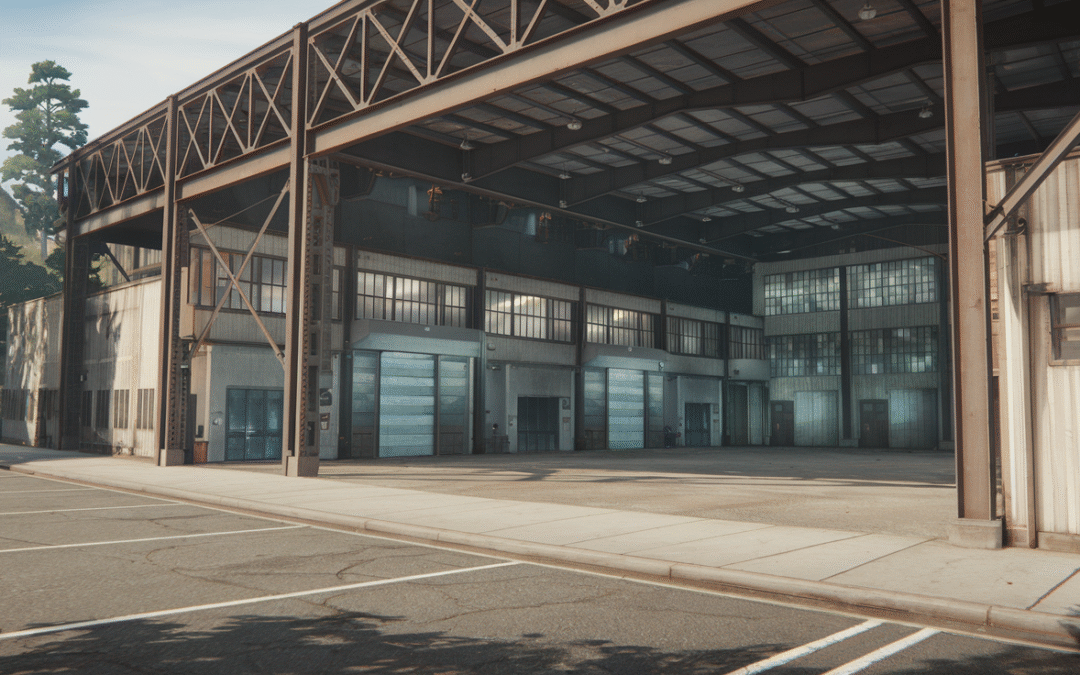Planning HVAC Systems for Large Industrial Spaces
Effectively planning HVAC systems for large industrial spaces is crucial for ensuring comfortable, energy-efficient, and well-regulated environments. In bustling areas like Burlingame, San Francisco, and the surrounding Bay Area, where industrial development is thriving, understanding the key elements of industrial HVAC planning can mean the difference between optimal performance and costly inefficiencies.
Table of Contents
- Understanding HVAC Needs in Industrial Settings
- Key Considerations for HVAC System Planning
- Design and Integration of HVAC Systems
- Real-World Scenarios
- Conclusion
- Get Started with iBuild
Understanding HVAC Needs in Industrial Settings
Large industrial spaces commonly house operations ranging from manufacturing plants to warehouses. Each environment comes with unique heating, ventilation, and air conditioning (HVAC) needs critical to maintaining operational efficiency and ensuring safety.
Challenges of Large-Scale HVAC Systems
The main challenge in industrial HVAC planning is managing the complex requirements of large spaces, which often involve multiple zones needing diverse climate conditions. The need for high air quality, adequate temperature management, and humidity control further complicates the scenario.
Importance of Customized Solutions
Customized HVAC solutions are necessary as standardized systems fall short in managing the specific needs of industrial setups. Such solutions involve detailed evaluations, including load calculations and site-specific requirements analysis, to ensure optimal performance.
Key Considerations for HVAC System Planning
When planning HVAC systems for large industrial spaces, several key considerations ensure the systems are efficient and effective in their operation.
Energy Efficiency
In industrial settings, energy efficiency isn’t just a regulatory requirement but a business imperative. Renewable energy applications, effective insulation, and advanced control systems can significantly reduce the operational costs associated with HVAC.
System Scalability
Industrial operations can grow or alter rapidly, demanding a scalable HVAC system that can flexibly adjust to increasing or decreasing load demands.
Maintenance and Durability
Regular and proactive maintenance is critical in extending the lifespan of HVAC systems. Durable systems with readily available components reduce long-term maintenance costs and downtime risks.
Compliance with Local Codes
Compliance with local building regulations is essential from the planning phase. This not only ensures legal adherence but also influences design choices to meet the operational needs of the facility.
Design and Integration of HVAC Systems
Integrating an HVAC system effectively into an industrial setup requires collaboration between designers, engineers, and constructors to assure systems are both functional and efficient.
Planning with Building Design
Proper planning involves the HVAC system being part of the initial building design, allowing for streamlined integration and optimal spatial planning. This approach avoids costly redesigns.
Using Advanced Technologies
Incorporating smart sensors and automation can greatly enhance the ability to monitor and control industrial HVAC systems, resulting in improved energy usage and system responsiveness.
For more detailed information about planning and integrating HVAC systems tailored for industrial needs, check iBuild’s comprehensive service offerings.
Real-World Scenarios
Consider a growing logistics company in San Mateo that required an HVAC overhaul due to increased operational demands. The team at iBuild managed to design a system that not only complied with modern energy standards but also allowed for future scalability, improving overall facility efficiency by 30%.
Another example involves a manufacturing plant in San Francisco. Previously hampered by uneven temperatures and energy surges, iBuild’s customized solution stabilized the indoor environment, boosted comfort levels, and reduced energy waste by using advanced monitoring systems.
Conclusion
Optimally planning HVAC systems for large industrial spaces involves a deep understanding of specific needs, strategic design, energy efficiency, and future readiness. Taking these considerations into account, companies like iBuild Design and Construction can deliver robust solutions that drive operational excellence.
Get Started with iBuild
Partner with iBuild Design and Construction to ensure your industrial project benefits from expert HVAC planning and application. Reach out today to discuss your project’s needs and explore how our experienced team can elevate your building’s efficiency and functionality. Contact us now to learn more.

